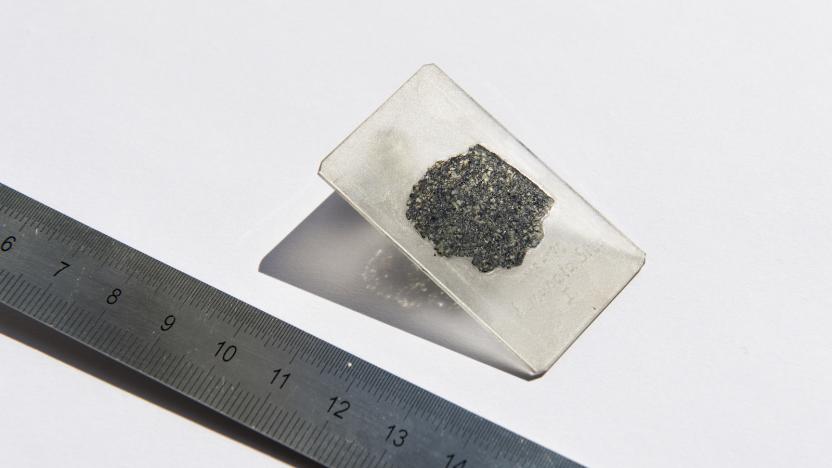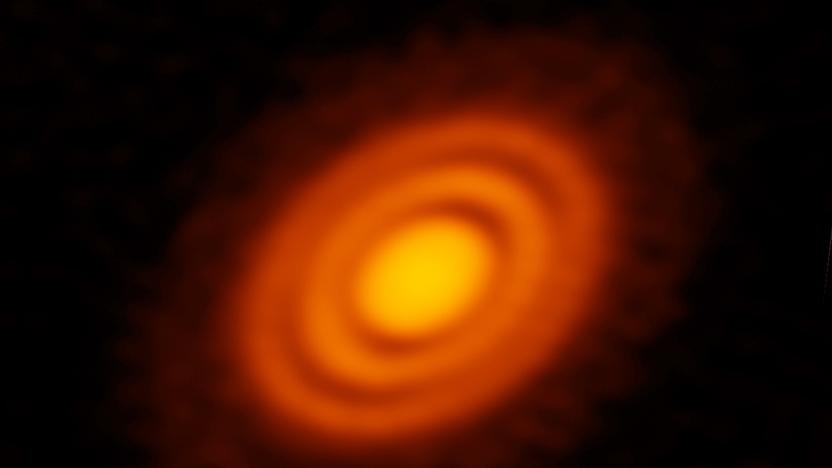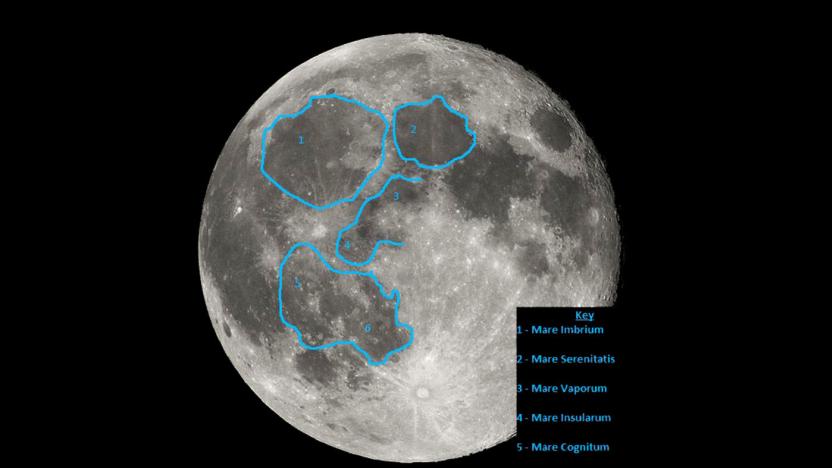protoplanet
Latest

Scientists think these meteorite diamonds formed on a long-lost planet
Scientists studying a meteorite fragment that fell to Earth in 2008 have found evidence that suggests it may have originated from a Mercury-sized planet that no longer exists. The makeup of a meteorite -- the elements it contains, what ratios they're in -- can usually point us to where it came from, like say the moon or Mars. But there are a set of meteorites, including the one collected in 2008, that have no known origin, appearing to be from a planetary body that has since been destroyed and purged from our solar system. "These samples are coming from an era that we don't have any access to," Farhang Nabiei, a researcher on the project, told The Washington Post.

Exoplanets may have carved dusty tracks around a young star
Astronomers have spotted what they believe are two Saturn-sized planets carving "tracks" through a young star's protoplanetary disk. Although scientists have found plenty of exoplanets ranging from gas giants like Jupiter to rocky, Earth-like worlds, most orbit mature stars. However, the not-yet-fully-formed worlds imaged by the ALMA telescope array show that stars can possibly spawn planets at an earlier age than previously thought.

A baby planet created one of the moon's largest impact basins
Scientists have known for a long time that the Imbrium Basin, one of the largest impact craters on the moon, was the result of an asteroid colliding with our planet's natural satellite. Thanks to a new study led by Brown University professor Pete Schultz, we now know that that asteroid could have been so big, it could be classified as a protoplanet. Previously, computer models estimated the extraterrestrial rock to be around 50 miles in diameter. But according to the results of Schultz's experiments, it's actually around 150 miles across, or (as Space puts it) about the length of New Jersey.


